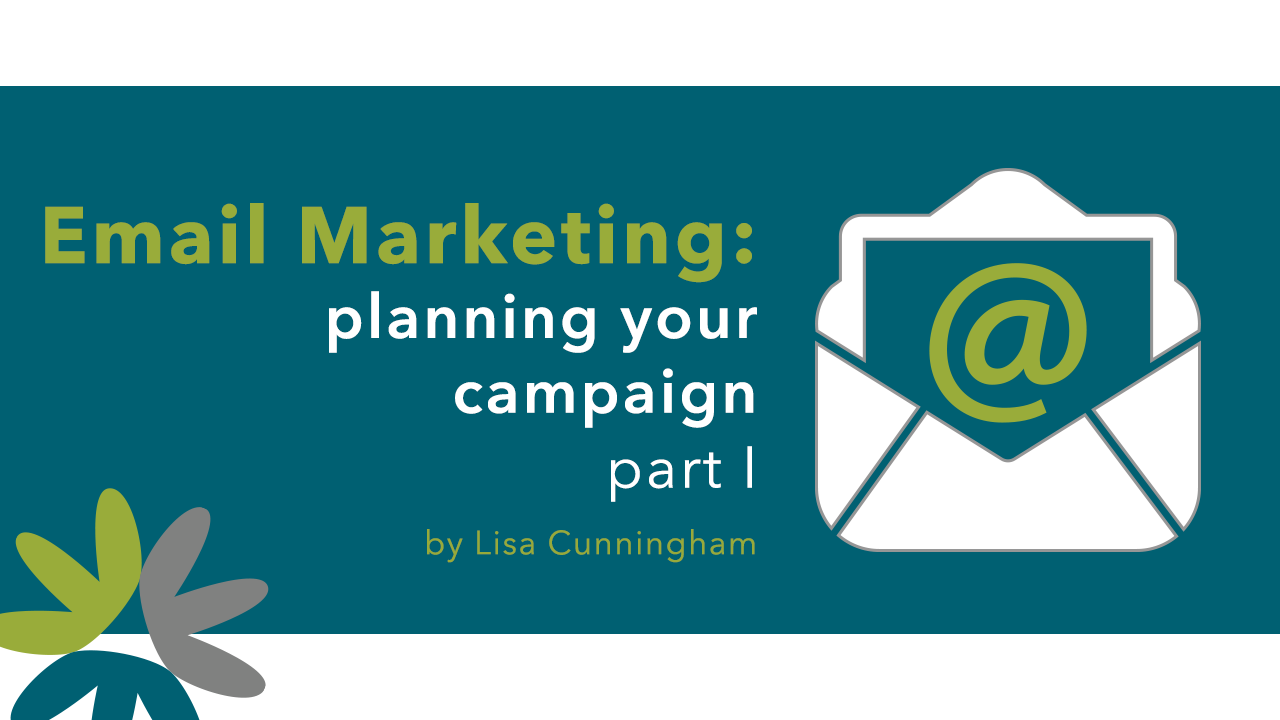Planning is a crucial step in any marketing campaign. When it comes to email marketing, proper planning can lead to a significantly higher percentage of email opens, click-throughs, and actions taken. You’re likely to hear varying opinions about the relevance of email marketing in today’s marketplace, but email remains an effective, efficient and low-cost method for reaching customers. With more than 3.7 billion users worldwide, it’s wise not to overlook email as a viable option for marketing your business. Let’s walk through some of the first steps of planning an email campaign.
What is Your Main Goal?
As with any type of marketing plan, your first step is to determine your goal. What do you hope to gain from the campaign? The simple answer may be “sales,” but unless you’re directing customers to a website where they can place orders, you’ll need to break that goal down into specifics. Here are three examples of specific goals advertisers might hope to achieve from an email campaign.
- A brick and mortar gift shop wants to advertise an upcoming Mother’s Day sale to bring more people into the store.
- A pool service company would like to advertise a special rate for new clients who contact them to set up an appointment before the summer season begins.
- The real estate agent wants to remain top of mind with her clients, so she emails them occasionally throughout the year with a simple holiday or seasonal message and invites them to connect with any questions about the current real estate market.
Driving sales, bringing people into the store, getting referrals, generating phone calls, increasing website traffic, and building brand recognition are likely goals for an email campaign. By nature, most campaigns are likely to support more than one intention, but it’s best to identify one main goal so that you can include a clear call to action in your message.
Who is Your Audience?
Once you’ve determined the main goal for your campaign, you need to determine your target audience. Your customer database likely contains records for current or active customers, past customers whom you’ve not seen or heard from in a while, and leads who inquired about your products or services but never became customers. Let’s revisit our three examples to see which audiences are best for each scenario.
- The gift shop would likely want to email all those who have expressed interest in the shop, including frequent customers, inactive customers, and leads.
- A pool service company is only targeting new customers so they’ll limit their campaign to leads. They may consider sending an email to active customers as well, making them aware of the new customer special and offering a discount for referrals.
- The real estate agent would definitely want to send her emails to her current and past customers and would also want to keep in touch with leads. However, she may want to vary the message for each audience.
There are many ways to segment your mailing list depending on your message and the data you have available. For example, you might wish to reach folks based on location, age, gender, or what types of products they’ve purchased in the past. Categorizing your mailing database is key in making sure your message reaches those who are most likely to take action. One thing to remember is that your message may be seen as spam if the recipient feels it’s not relevant.
How Often Should You Send Emails?
Unfortunately, there’s no exact science for determining the appropriate frequency for your campaign. It’s important to strike a balance between emailing often enough to build awareness and emailing so often that your audience feels spammed and chooses to unsubscribe from your list. Remember that once someone unsubscribes, you cannot add them back to your list. It’s wise to err on the side of caution to avoid the risk of diminishing your audience.
If your audience is not used to seeing regular emails from you, it’s a good idea to start slow. One to four emails a month is a great first step in building awareness about your brand. If you’re promoting a specific event or deadline, it’s reasonable to increase frequency as the event or deadline approaches.
Once you have the foundation for your email marketing strategy, you can test different frequencies, audiences and other variables to find out what works best and modify your future campaigns accordingly. More on that, as well as composing your message and setting up your email in part two of this series.

